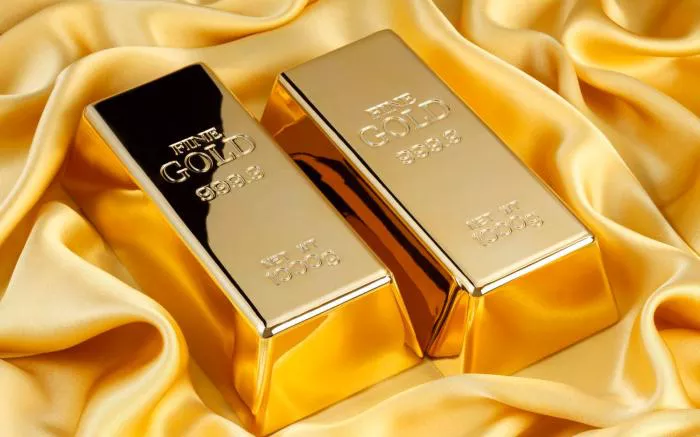Gold has long been considered a safe haven asset. Investors often look to gold futures and options to gain exposure to this precious metal. While both instruments are derivatives linked to the price of gold, they serve different purposes and come with unique characteristics. Understanding these differences can help investors make informed decisions.
In this article, we will explore what gold futures and options are, their key differences, and how investors can utilize them in their investment strategies.
What Are Gold Futures?
Gold futures are contracts that obligate the buyer to purchase gold at a predetermined price on a specified future date. Conversely, the seller of the contract agrees to deliver the gold at that price. Futures contracts are standardized agreements traded on exchanges.
The primary purpose of gold futures is to hedge against price fluctuations in the gold market. They allow investors to lock in prices for future transactions, which can be crucial for businesses relying on gold.
Gold futures are commonly used by various market participants, including producers, jewelers, and institutional investors.
What Are Gold Options?
Gold options give the buyer the right, but not the obligation, to buy or sell gold at a predetermined price before a specified expiration date. There are two types of gold options: call options and put options.
A call option allows the buyer to purchase gold at a specified price, while a put option gives the buyer the right to sell gold at a specified price. Options are also traded on exchanges and can be used for hedging or speculative purposes.
The flexibility of options makes them attractive to many investors. They can leverage their positions without the obligation to complete the transaction if the market moves unfavorably.
Key Differences Between Gold Futures and Options
Obligations vs. Rights
The most significant difference between gold futures and options lies in the nature of the contracts.
In a gold futures contract, both the buyer and seller have an obligation to complete the transaction. The buyer must purchase the gold at the agreed price, while the seller must deliver it. This obligation can lead to substantial losses if the market moves against the investor.
In contrast, gold options provide the buyer with a right rather than an obligation. The buyer can choose whether or not to execute the option based on market conditions. This feature allows for greater flexibility and risk management.
Risk and Reward
Gold futures and options carry different risk and reward profiles.
Futures contracts have unlimited profit potential but also unlimited risk. If the market moves against a futures position, losses can accumulate rapidly. Investors must maintain a margin account to cover potential losses.
Options, on the other hand, limit the risk to the premium paid for the option. If the market moves unfavorably, the maximum loss is the initial investment in the option. However, the profit potential can be substantial, especially for call options when gold prices rise.
Pricing Mechanism
The pricing mechanisms for futures and options also differ.
Gold futures prices are determined by the current market price of gold, supply and demand dynamics, and other market factors. Futures contracts typically trade close to the spot price of gold.
In contrast, gold options are priced based on several factors, including the underlying asset’s price, the strike price, time until expiration, and market volatility. The Black-Scholes model is one of the most common methods used to calculate option prices.
Contract Size and Expiration
Futures contracts are typically larger in size compared to options. A standard gold futures contract usually represents 100 troy ounces of gold. This larger size can be advantageous for institutional investors looking for substantial exposure.
Options contracts can vary in size but often represent the same 100 troy ounces. However, options can also be traded in smaller increments, making them accessible to retail investors.
Both futures and options have expiration dates. Gold futures usually expire on a specified date each month, while options can have various expiration periods. This flexibility allows investors to choose contracts that align with their market outlook.
Use Cases
Investors use gold futures and options for different purposes.
Futures are primarily used for hedging and speculation. Producers of gold may use futures to lock in prices and protect against adverse price movements. Speculators may use futures to capitalize on short-term price movements.
Options are often favored for strategic positioning. Investors may use call options to gain exposure to rising gold prices while limiting risk. Put options can serve as insurance against falling prices.
Choosing Between Gold Futures and Options
When deciding between gold futures and options, investors should consider their risk tolerance, investment goals, and market outlook.
If an investor seeks direct exposure to gold prices and is comfortable with the obligations of a futures contract, gold futures may be the appropriate choice. However, they should be prepared for the potential risks involved.
For those who prefer flexibility and limited risk, gold options can be a more suitable alternative. Options allow investors to tailor their strategies based on market conditions while capping their losses.
Conclusion
In conclusion, gold futures and options are valuable tools for investors looking to navigate the gold market. Understanding the differences between these two derivatives is essential for making informed investment decisions.
Gold futures obligate both parties to complete the transaction, providing a straightforward method for hedging and speculation. In contrast, gold options offer flexibility, allowing investors to control their risk while potentially profiting from market movements.
Ultimately, the choice between gold futures and options depends on individual investment strategies and risk preferences. By carefully evaluating these differences, investors can better position themselves in the ever-evolving gold market.
Related topics:

